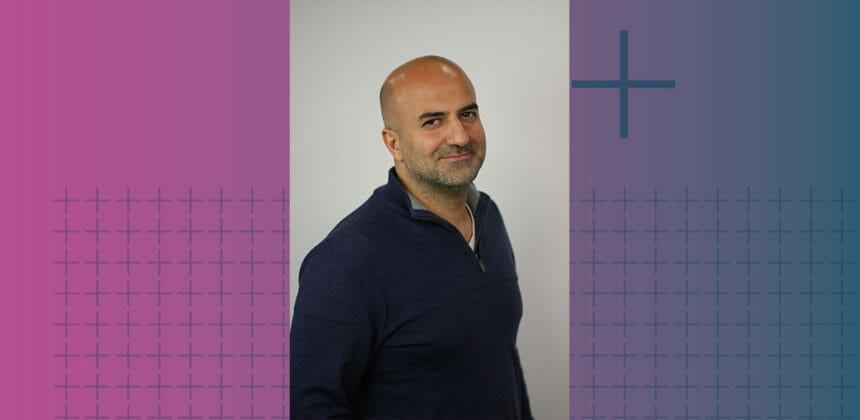Last month, Netflix announced that it was exploring options to implement ad-supported plans. The move would be groundbreaking for the streaming giant and present healthcare marketers with significant advertising opportunities to appeal to hard-to-reach consumers in a fragmented media environment.
MM+M spoke with Askan Karbasfrooshan, CEO of WatchMojo, about what the move to ad-supported models will mean for streaming services, how it will affect the future of content and what marketers can do to make the most of it. This interview has been lightly edited for length and clarity.
MM+M: What do you think of Netflix’s public consideration of an ad-supported model? What does it mean for the future of streaming services?
Karbasfrooshan: The entire point of advertising is that it disrupts the viewer experience, it’s not meant to be bespoke. During the “golden era of streaming television,” this didn’t align with Netflix’s positioning. But as industries and companies evolve from one life stage to another, realities change. So this is a reflection of not only a maturing industry and company, but that advertising is moving online even though people spend a lot of time-consuming content in subscription environments.
This bottleneck represents a massive economic opportunity that hitherto Netflix could resist, but no more. My guess is this will happen sooner since the company tested with promotional or house ads. Ultimately, ad support in OTT [over-the-top] media, be it AVOD [advertising-based video on demand] or FAST [free ad-supported television], will be much bigger than SVOD [subscription video on demand].
Netflix can no longer resist, especially since ad-supported models will be needed for international markets, despite the fact that the average revenue per user in international markets will be lower than in the U.S. The long-term impact is a faster acceleration of shift of TV dollars and a larger total addressable market.
What impact would an embrace of ad-tier streaming mean for marketers, specifically those in the healthcare industry?
This is nothing new: Hulu, Roku, Pluto, Tubi and Paramount+ have been offering ad-supported streaming for years. Healthcare is unique in that it requires a bit more oversight, disclaimers and regulatory approvals. In that sense, I think that whereas the web was previously a bit of the Wild Wild West, in health, TV’s rules and regulations will port over to streaming.
However, ads on smaller niche sites, especially in text environments, will remain a bit more anything-goes. You will see those disclaimers you hear at the end of TV health spots online. Otherwise, the big sponsors will not shift as much of their budgets online.
What is the most overlooked ongoing media trend that marketers should be paying attention to?
That brand safety is in the eye of the beholder, for one. With the rise of the so-called creator economy, which is just a mix of influencers becoming more professional and ‘solopreneurs’ using content for marketing, I think you will see a new layer of programming that may present better ROI.
If we hit a recession and ad spending from Fortune 500 marketers scales back, I think small and medium-sized businesses will step in and fill that void, but only so long as ROI makes sense. Secondly, international audiences have always been a bit of an afterthought for American brands and publishers – but while the revenue per user is lower, it adds a ton of reach. Given the rise of programmatic content, it could optimize total revenues.
Where do you see the state of content in the next two to three years? What does it look like and how do marketers need to adjust?
As it relates to form, video has replaced text and display. While social media disrupted search a bit, you will see a dramatic acceleration of video advertising. That will largely be fueled by that so-called UGC [user-generated content] 2.0, which is creator or influencer content that will be more polished and more in-tune with the format, pace, length and style that audiences will expect to see.
As it relates to length, we will have a bit of a barbell phenomenon. At one end, 15 years ago, grainy UGC videos gave way to professionally produced, longer cooking recipes, makeup tutorials and DIY tips. Now those are becoming even faster and sharper on TikTok and Instagram. We have moved from long-form content to three- to 10-minute content to now less than one-minute content. This will only accelerate as users have shorter attention spans.
On the other end, the rise of FAST also means there’s a need for long-form content mimicking content. A lot of the established creators of YouTube will start to look at FAST for new distribution and monetization opportunities as the young crop of creators embrace shorter-length content for new platforms like TikTok.







